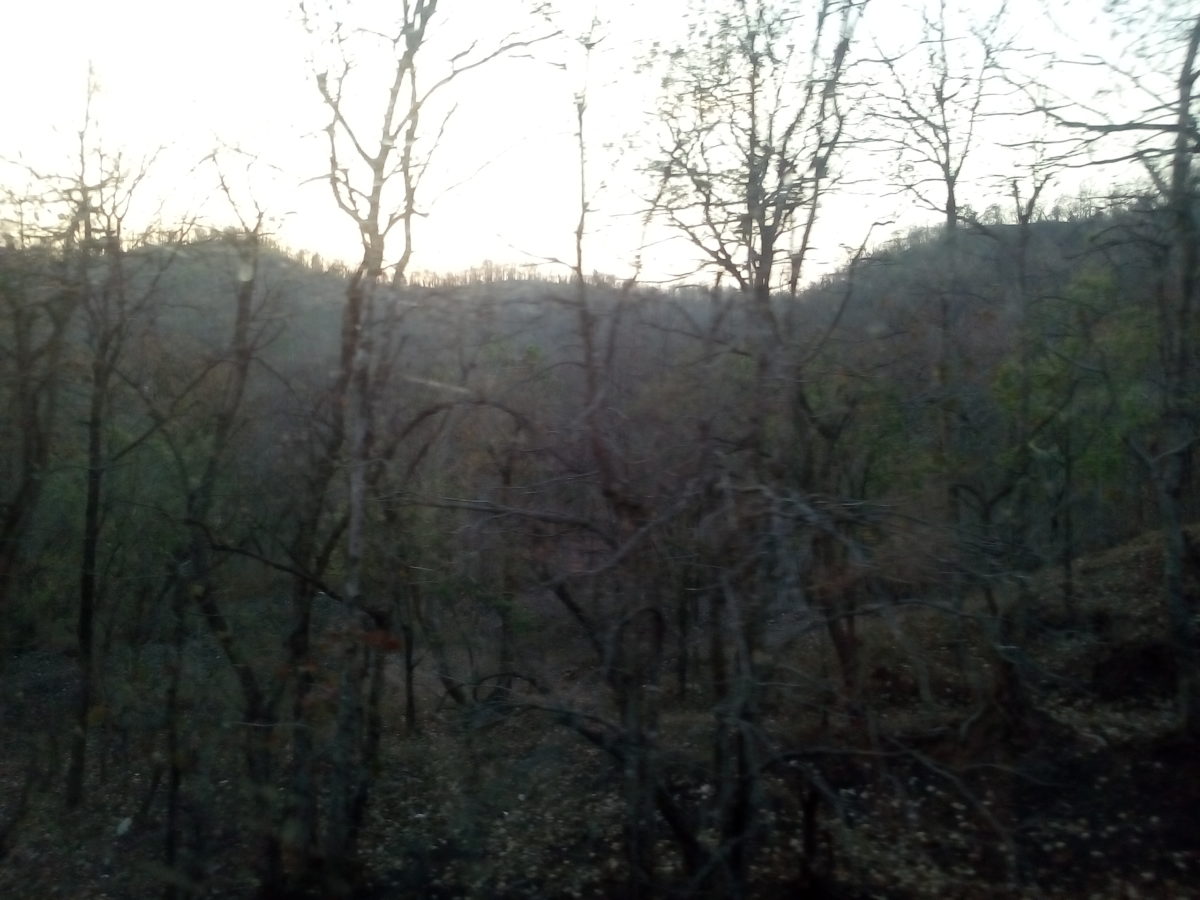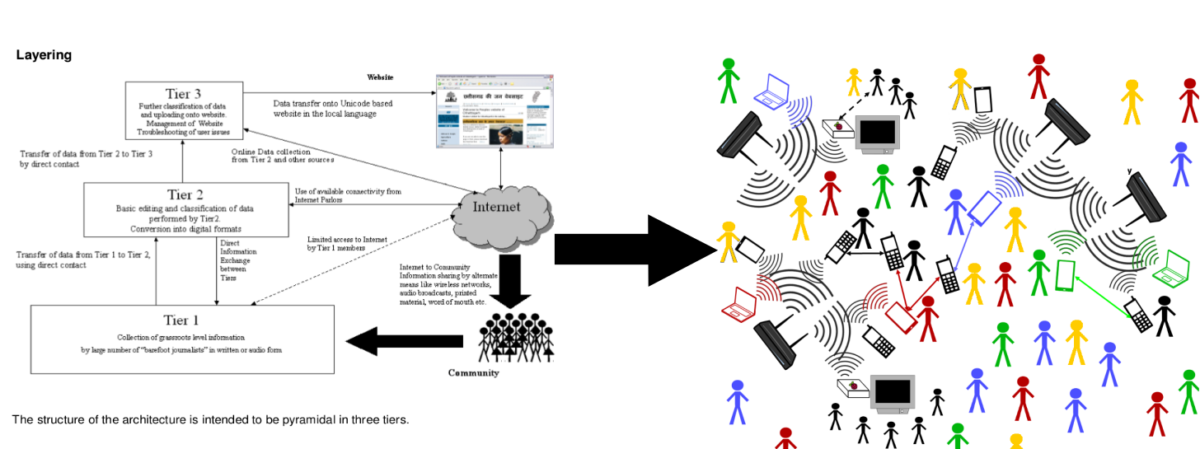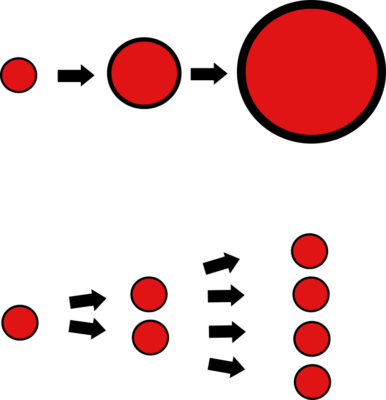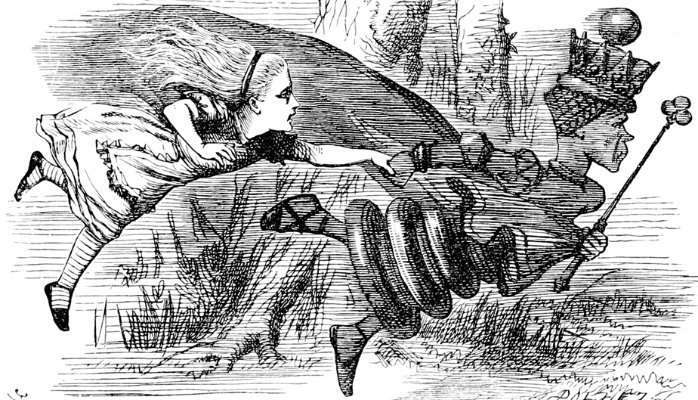(…continued from Part 1)
 The first time I visited the Ranikajal Jeevanshala, it was almost peak summer and the hills were baked a reddish brown from the merciless sun. Returning in the middle of the monsoon, I found the very same hills covered in a fine carpet of varying shades of green. Madhya Pradesh is an excellent place to watch nature at work across seasons. The change in colors is very stark, as stark if not starker than the fall colors of the north eastern parts of the United States.
The first time I visited the Ranikajal Jeevanshala, it was almost peak summer and the hills were baked a reddish brown from the merciless sun. Returning in the middle of the monsoon, I found the very same hills covered in a fine carpet of varying shades of green. Madhya Pradesh is an excellent place to watch nature at work across seasons. The change in colors is very stark, as stark if not starker than the fall colors of the north eastern parts of the United States.
This time around school was in session as well, meaning that in addition to the staff and their children who I had met on my last visit, this time there were an additional 200 children.
Those of us who do not run rural schools or participate in the running of them cannot begin to comprehend the kind of balancing that people who do run rural schools do on a daily and weekly basis. Managing food and lodging for 200 growing children is much much tougher than it appears.
Moreover, the region suffers endemic malnutrition, since deforestation has left most of the land un-arable or at least unsuitable for cultivation of high nutrition crops such as vegetables. This is the story across rural India. We found similar circumstances in rural Karnataka. Most of the vegetables that grow in villages are earmarked for sale in wholesale markets in the largest nearby town, which may be as much as 50-60 kilometres away.
 As a result, the local population get precious few nutrients and those usually from animal sources such as reared goats, hardy animals that can increase muscle weight even on a diet of scrub grass, and fish.
As a result, the local population get precious few nutrients and those usually from animal sources such as reared goats, hardy animals that can increase muscle weight even on a diet of scrub grass, and fish.
The Narmada is nearby and the Sardar Sarovar dam on the river has resulted in some stark changes in the river fauna, not the least of which are oversize prawns and silver fish. Meat and fish though require refrigeration to build a supply chain around and currently it appears that fishermen must gauge demand carefully to not end up with a catch too heavy to sell.In an environment where food is scarce, proposing a connectivity network seems almost ludicrous. All the more so for a school community that has 200 growing children to feed on a regular basis.
However, to my surprise, the school community not only insisted on paying for their own network in terms of infrastructure, they also offered me a fee for my time spent in setting up the network.
This in contrast to every other community I spoke to in the last year ( and there were many!) who found themselves unable to participate unless we, The Mojolab Foundation and associates, were willing to help raise resources to fund their participation.
I suppose it is not surprising that the school is run by and caters to the Bhil community, an indigenous Adivasi community of central India. The Adivasis I have known have always been the earliest and most responsible adopters of practices of value.
Thanks to the Ashoka fellowship program, my time was available without charge and the community was required to pay only for the hardware and the cost of my travel to the location.
I doubt there has ever been a network deployed that had to compete rupee for rupee on expenditure with nutritious vegetables and school infrastructure for under-served children, but I certainly hope there will be more.
It would be useful here to demonstrate via a thought experiment, how we think about providing value. At the Mojolab, we have a little thought experiment that we do when we need to get in the right mindset to provide value in such scenarios.
We imagine a hypothetical gram sabha, the smallest community recognized by the government of India for administrative purposes, composed of the minimum required population, i.e. 300 adult voting individuals. We further imagine that these 300 adults are all productive and employed for remuneration and all earn at least INR 32 per day, as this is the minimum amount guaranteed by government unskilled labor employment programs currently in operation in India.
Doing the math, this gives us a collective purchasing power of INR 32 X 300 individuals = INR 9600 per day.
We then design solutions and price them such that they can be expressed in number of days of earnings that each member would need to contribute in order for the community to collectively own the solution and the number of years such a solution would be expected to last based on life of components and maintenance requirements.
This of course is merely a thought experiment, since such perfectly sized situations almost never occur in practice. However, by engaging in it, the solutions architect can get into the right mind set to provide value in a community ownership scenario. The idea is inspired by a short note called “Gandhiji’s Talisman”, that used to be part of all NCERT text books when I was still in school (not sure if it is still fashionable, but have linked for the interested none the less).
Based on the specific use case, the architect may also include comparisons with existing solutions that people are already paying for.
Finally we pitch the idea to the community as an offer and proceed based on their reaction.
The real work, of course, begins after the community has accepted the offer.
In the next chapter, read how these ideas played out in the Ranikajal COWMesh story.

 The Internet is fast establishing itself as the central nervous system of a newly evolving entity, i.e. connected humanity. For the first time in the history of our planet, a species has built a mechanism that allows members displaced over great distances to communicate instantly, using electricity as the medium. This is no smaller feat than the evolution of the central nervous system in life forms on this planet, which is the basis of identity and self awareness.
The Internet is fast establishing itself as the central nervous system of a newly evolving entity, i.e. connected humanity. For the first time in the history of our planet, a species has built a mechanism that allows members displaced over great distances to communicate instantly, using electricity as the medium. This is no smaller feat than the evolution of the central nervous system in life forms on this planet, which is the basis of identity and self awareness. find it worthwhile to buy, own and operate a network of their own. We explored many groups, ranging from urban low income housing communities in Bangalore, to elite IIT-JEE training facilities in rural Maharashtra to members of both the tourism industry and the development community in Uttarakhand, but we were unable to establish a usecase for any of the communities that warranted expense and effort by the community themselves. It seemed that those disenfranchised by the telecommunications industry had given up hope.
find it worthwhile to buy, own and operate a network of their own. We explored many groups, ranging from urban low income housing communities in Bangalore, to elite IIT-JEE training facilities in rural Maharashtra to members of both the tourism industry and the development community in Uttarakhand, but we were unable to establish a usecase for any of the communities that warranted expense and effort by the community themselves. It seemed that those disenfranchised by the telecommunications industry had given up hope. Finally in October of 2015, we had a communication from Indore, from Shri
Finally in October of 2015, we had a communication from Indore, from Shri  irajpur.
irajpur.





